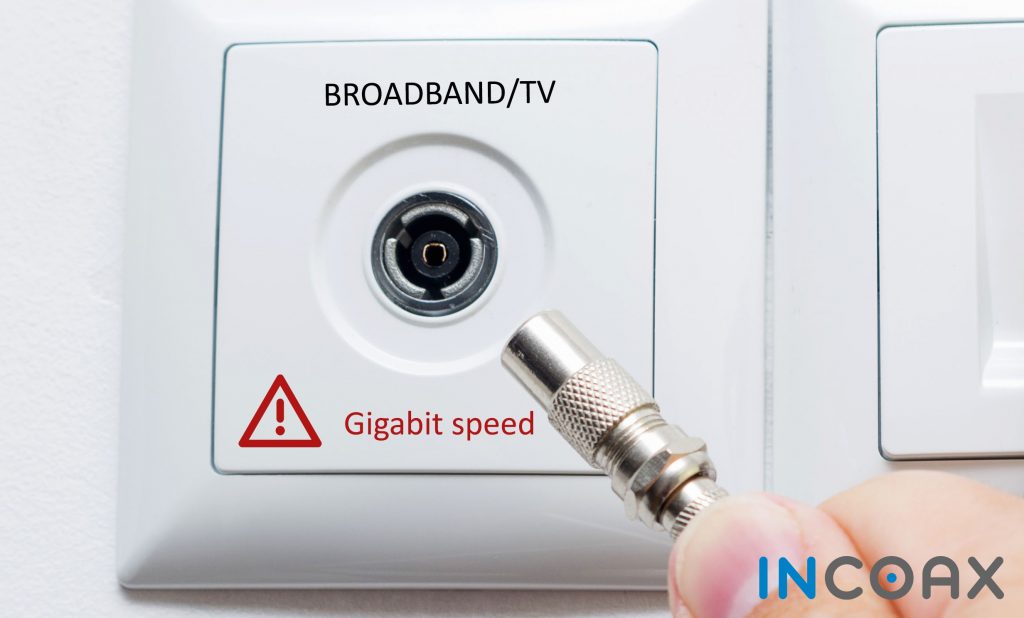Lund, Sweden. 21 February 2022 – Broadband operators must now seize the opportunity to access existing in-building coaxial network infrastructure, to achieve quicker and less labour-intensive installations for MultiGigabit speed connectivity in multi-tenant environments, following a US Federal Communications Commission (FCC) ruling.
The FCC recently adopted rules that gives tenants in apartments and office buildings more transparency, competition and choice for broadband services. By leveraging InCoax Networks’ fibre access extension technology, it opens the market up for operators that can utilise this cost-effective option that offers decreased complexity. Large brownfield multi-tenant environments already have existing coaxial networks, and operators now have an alternative to installing expensive and labour-intensive fibre to the building.
“The FCC’s ruling will help open up the choice of broadband providers to empower millions of US tenants in their multi-tenant environments and lessen the barriers of broadband competition,” InCoax head of marketing, sales and product management Helge Tiainen says. “By reusing existing in-building infrastructure for broadband access, it can address the complexities that operators face when looking to bring connectivity to existing apartments and office buildings.”

With the FCC looking to improve broadband competition, its Order and Declaration Ruling prohibits providers from entering into certain revenue sharing agreements with building owners and enables competing operators to provide Gigabit and MultiGigabit services at affordable pricing. This will help increase competition to the third of the US population living in apartments, mobile home parks, condominiums and public housing.
InCoax has MoCA Access nodes installed in numerous buildings in 10 metropolitan areas providing symmetrical Gigabit services and moving towards Multigigabit services during 2022 for people living and working in multi-tenant environments. Typically, multi-tenant environments have a home-run coaxial network reachable from the entry point of the multi-tenant environment located in a basement, wall cabinet or pedestal close to the building. These cables are used by cable-TV operators but can also be used by competing operators in co-existence, by deploying MoCA Access nodes at the entry point. Many do however choose to place both TV content and broadband services on the broadband access.
Late last year, the FCC investigated whether certain types of broadband agreements between building owners and providers could hamper competition. This included revenue sharing arrangements, exclusive wiring and marketing agreements between building owners and providers. Contracts of this kind can lock out other broadband competitors, reduce choice for tenants and potentially lead to increased prices.
This also follows president Joe Biden’s executive order last summer tasking the FCC to take a more combative approach to deals between building owners and providers that leave tenants with no or limited alternative options. Empowering the tenants to make their own choice and enabling free competition should make the tenants the big winners in the long run.
Comment on this article below or via Twitter: @VanillaPlus OR @jcvplus






